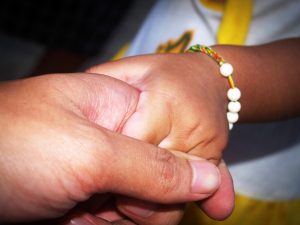Take Action! Help Grandfamilies Face COVID-19 Challenges
COVID-19 and Grandfamilies
Take Action! Help Grandfamilies Face COVID-19 Challenges
See Generations United’s COVID-19 Response Policy Recommendations | View Generations United COVID-19 Federal Priorities Letter to Congress | Visit the Broader Coalition at COVID-19 and the Child Welfare System
Grandparents and other relative caregivers stepped up to care for grandchildren in the wake of the opioid epidemic and helped prevent many children entering foster care. Others have become foster caregivers to help their relatives when they must enter care. The COVID-19 pandemic is another crisis for these “grandfamilies” to overcome, and they need more support.
At high risk for illness themselves, grandparent caregivers cannot isolate from the grandchildren in their care. Going to stores is especially risky and they’re struggling to get food and supplies. Many have lost part-time jobs which helped them support the children. They often dip into retirement savings, which have also plunged recently, along with the stock market. And, grandparents and other kinship caregivers may not have internet access or the technology devices to help children keep up with online schooling.
Three things you can do to HELP kinship caregivers.
- Spread the word. Share one of our sample memes and posts on your social media to encourage others to spread the word and take action.
- Contact your representatives at the state and federal level and ask them to #HelpGrandfamilies. (See sample messages and easy steps on how to do this.)
- Donate to us here at Generations United so we can continue to advocate on behalf of kinship caregivers for increased supports.

Grandparent caregivers caring for children can’t risk visiting stores and exposure to COVID-19. They’re struggling to get food and medical supplies; resources would help.
They need a comprehensive approach that connects them to food and supplies; accurate information from people they trust; alternative care plans; help with kids at home; financial assistance; and technology/virtual support for their own tele-health needs, for children’s distance learning, and to connect with others to reduce isolation.
Resources



